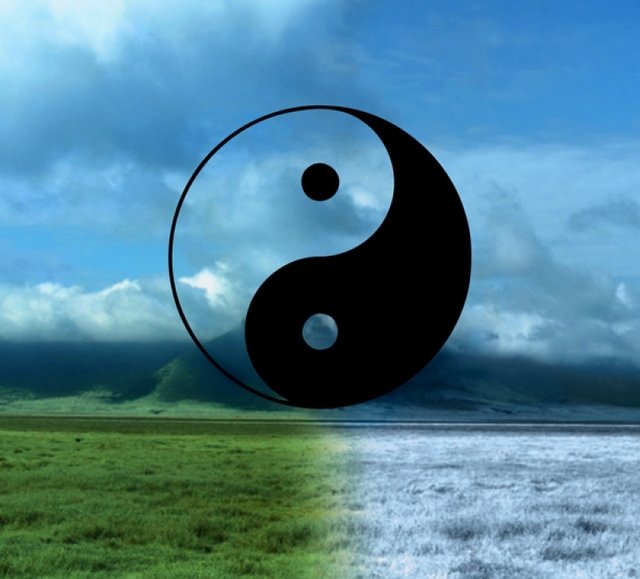
Bowing To Practice Gratitude, Respect & Appreciation
Perhaps our bow is being offered to the Three Purities, or to Laozi, or to Lu Dongbin or another of the Baxian. If we are an Inner Alchemy practitioner, our bow might well be directed to the Three Treasures – the internal Deities of Jing, Qi and Shen.
Whatever the object of our devotion, our bowing is a means to express gratitude, respect and appreciation to the great teachers of our lineage, for the opportunity to practice the techniques available to us, and for the blessing-energy received as support for our practice. Our bowing is a means of affirming our relationship with these realized beings, our kind teachers, and our chosen tradition.
Gratitude, respect and appreciation are states of mind that are beneficial – productive of happiness and health. The fundamental reason for cultivating devotional qualities such as these is so that, little by little, we will be able to enjoy the fruits born in our minds from this practice. The particular Deities or teachers or lineages that are the object of our devotion is, in this view, quite secondary. The practice works just as well using a single flower as our central Deity, as it does worshipping an elaborate pantheon of Gods and Immortals. Bowing helps us to remember the benefits of activating these qualities within us.
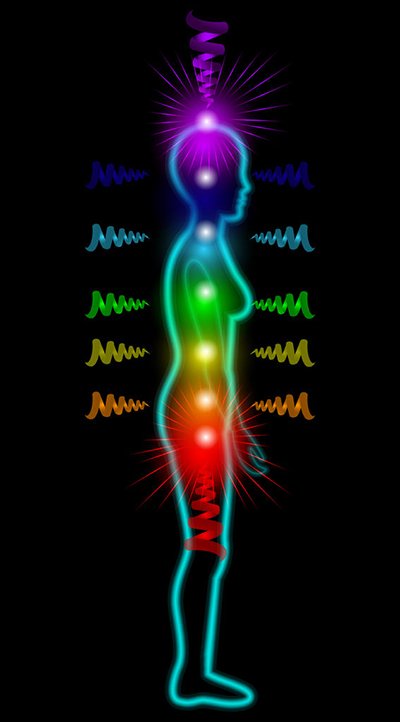
Bowing To Activate Energetic Circuitry
The physical practice of bowing has the potential to activate and organize our subtle bodies – the qi and its flow through the meridians – in ways that are, in and of themselves, highly beneficial. Bringing the palms of our hands together in front of the heart chakra (middle dantian) draws our awareness to the centre line of our body, encouraging a flow of qi through the Chong meridian – the central channel of our yogic body. Lifting our hands above our heads, hinging at the waist, and/or coming all the way to the ground as part of our bowing practice – support us in drawing Heaven-energy into our bodies from above, and Earth-energy into our bodies from below. As such, it can be a means for realizing the human body as the “meeting place of Heaven and Earth.”
The bowing movement activates the flow of cerebral-spinal fluid, which nourishes our brain and spinal cord. Life-force energy is circulated within the Microcosmic Orbit, and important acupuncture points are opened.
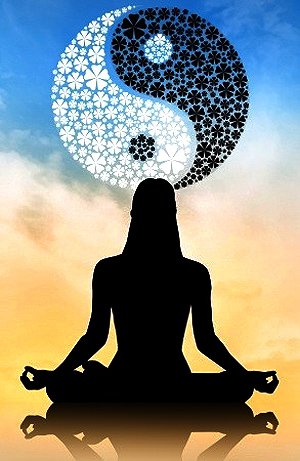
Bowing To Dissolve Self-Centred Ideas
Bowing is a beautiful way of practising humility. Often times when we think of humility it is confused with humiliation with making ourselves smaller in a way that is demeaning. The kind of humility cultivated through Taoist bowing practice is something quite different from this. It is the humility born of transcending the inferior/superior, large/small, better/worse and – ultimately – the me/you polarities, and unveils our inherent grace and dignity. I still remember the first instructions I was given, about bowing. “Bring your hands together,” my teacher said, “ with the heel of your hands and the ends of the fingers gently touching. Leave a bit of space between your palms, so that your hands are shaped like the bud of a flower.” Why the bud of a flower? “To remind us – every time that we bow – of the bud of Immortality that lies within us, and to imagine and feel deep respect for the eventual blooming of that flower.” The Zen Buddhist Teacher Shunryu Suzuki, in Zen Mind, Beginner’s Mind, expresses an understanding of bowing that is very much in alignment with a Taoist view:
“Bowing helps to eliminate our self-centered ideas. This is not so easy. It is difficult to get rid of these ideas, and bowing is a very valuable practice. The result is not the point; it is the effort to improve ourselves that is valuable. There is no end to this practice.”
“When you forget all your dualistic ideas, everything becomes your teacher, and everything can be the object of worship.”
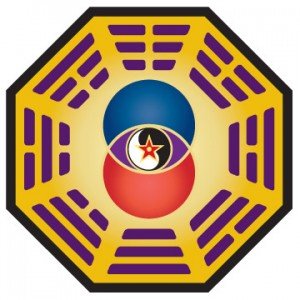
Imagine
What would it be like to live in a world in which everything that appeared was honoured as a teacher, in which each and every one of the “ten-thousand things” (including ourselves!) was treated as an object of worship?
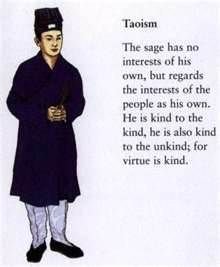
https://steem-byteball.org/#ZG5I5BPQX4ABBFEDLZJ3XY6EWC4KCDPZ